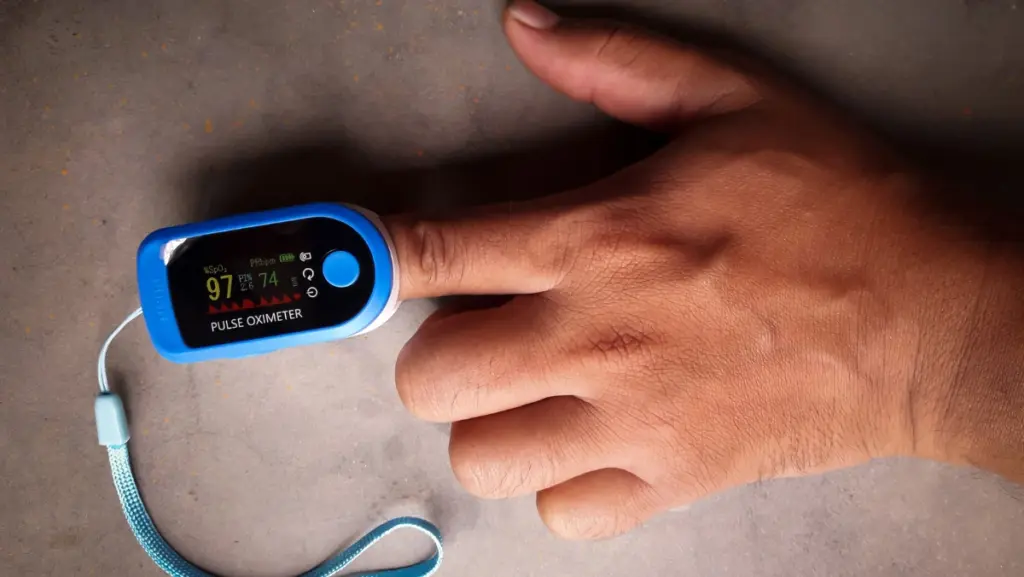
Safety Rate
Safety Rate
Managing diabetes can feel overwhelming, especially when trying to keep blood sugar levels stable throughout the day. Families often worry about sudden spikes or drops, and frequent finger-prick tests can be tiring. You are not alone—many patients and caregivers face the same challenges.
Continuous glucose monitoring offers a modern solution by tracking glucose levels in real-time. In this guide, we’ll explain what continuous glucose monitoring?, how it works, who can use it, its features, benefits, drawbacks, and when to contact a healthcare provider.
A continuous glucose monitor is a device that measures glucose levels in the fluid under your skin continuously, 24 hours a day. Unlike traditional meters, which provide readings only at the time of testing, CGMs give trends and patterns throughout the day and night.
For patients with diabetes, Continuous glucose monitoring allows for precise insights into blood sugar fluctuations, helping prevent dangerous highs and lows.
Many families ask, How do continuous glucose monitors work? A small sensor is inserted under the skin, usually on the arm or abdomen. This sensor measures glucose in the interstitial fluid and sends the data to a display device or smartphone app. Patients and caregivers can see real-time glucose levels, trends, and alerts without frequent finger-prick tests.
Continuous glucose monitoring devices can also send notifications for high or low blood sugar, giving timely warnings and allowing patients to act before issues become serious.
CGMs are suitable for a wide range of people:
Doctors can advise on continuous glucose monitoring depending on age, diabetes type, and glucose management goals.
Modern CGMs offer several helpful features for families and patients:
These features make continuous glucose monitoring an essential tool for proactive diabetes management.
Using a CGM can greatly improve diabetes management:
For families managing diabetes, Continuous glucose monitoring for diabetes simplifies daily routines while improving safety and confidence.
While CGMs are highly beneficial, some limitations exist:
Despite these, most patients find continuous glucose monitoring to be highly advantageous for managing diabetes effectively.
It’s important to stay in touch with your healthcare team while using a CGM:
Following professional guidance ensures safe and effective use of continuous glucose monitoring for diabetes.
Continuous glucose monitoring is a safe, reliable, and practical tool for managing diabetes. By providing real-time insights into glucose trends, CGMs empower patients and families to make informed decisions and prevent dangerous fluctuations.
The cost of a Continuous Glucose Monitoring (CGM) system varies depending on the brand, features, and country. On average, sensors may need replacement every 7–14 days, adding to ongoing expenses. Many insurance plans cover part of the cost. Discussing options with a healthcare provider can help families choose an affordable CGM that fits their needs.
Using a CGM is generally not painful. The sensor is inserted under the skin using a small, spring-loaded applicator, which causes only a brief pinch or sting. Once in place, most users feel little to no discomfort. Daily activities, including showering and exercising, can usually continue without interference.
Yes, a CGM uses a very tiny needle during sensor insertion to place the sensor under the skin. The needle is quickly removed, leaving only the thin sensor in place. After insertion, the CGM continuously monitors glucose levels without the need for repeated finger-pricks, making it minimally invasive for daily use.
Our experienced anaesthesiologists are here to ensure your safety and comfort